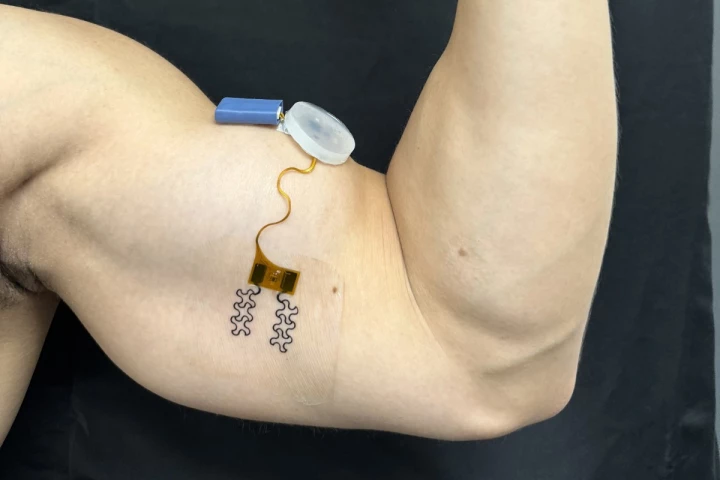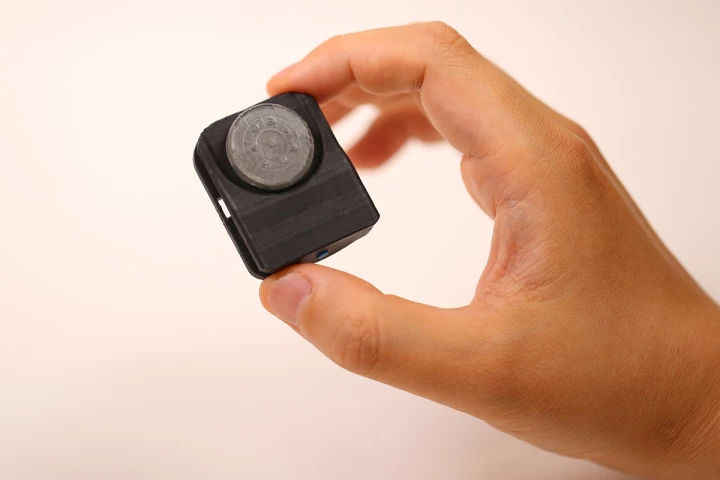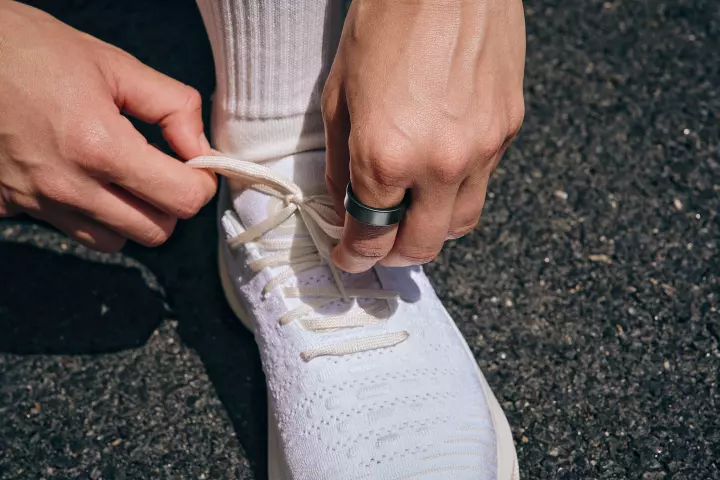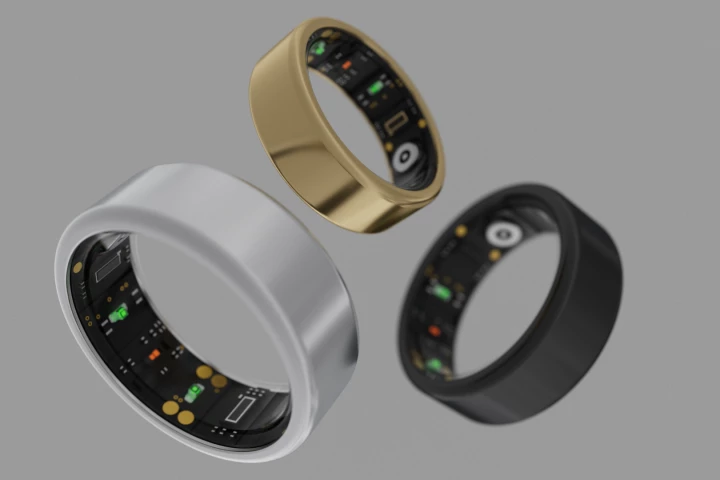Monitoring
-
Much like the low-fluid warning light in a car, a new wearable sensor linked to a smartphone app is set to alert people when their hydration levels are dangerously low. The device could be a big help to athletes, first responders, and many others.
-
Did you know you emit gases through your skin? These vapors, which include CO2 and volatile organic compounds, can provide insights about your metabolic status, disease states, and overall health. A new wearable can help make sense of it all.
-
With the threat of a US ban looming over Chinese drone maker DJI, keen flyers throughout the land will likely be on the lookout for alternatives. Homegrown Ascent Aerosystems may have an answer with its somewhat oddball Helius.
-
When disaster strikes, drones and robots can be sent into danger zones to scout for survivors. The RoBoa from a student team at ETH Zurich is designed to snake its way through debris that would stop other solutions in their tracks.
-
Samsung has finally pulled back the official curtain on possibly its worst kept secret – the Galaxy Ring. Though there have been a number of similar wearables available from smaller companies for a while, this is the first from a major brand.
-
In 2029, a large asteroid will whizz past Earth so close it’ll be visible to the naked eye. But could collisions with other asteroids bounce it off-course into us? To find out, astronomers have now crunched the paths of 1.3 million known asteroids.
-
Swiss researchers are working on an environmental monitoring robot named Avocado that's been inspired by abseiling spiders. The fruit-shaped bot uses a winch and rotors to lower itself through the canopy and gather data on life in the treetops.
-
Budget smartwatch maker Amazfit has unveiled the Helio Ring, a smart wearable that's not designed for casual fitness fanatics but is aimed at monitoring key health metrics that athletes need to maximize performance.
-
Folks looking to monitor health metrics while on the move will likely pop a smartwatch on their wrist. Those wanting a simpler option might go for a smart ring instead, and wearable outfit Omate has just launched the Ice Ring in Europe.
-
Researchers at Northwestern University have developed a non-invasive wearable electronic ear that's designed to wirelessly monitor what's going on inside a patient's body in real time, and found it to perform with "clinical-grade accuracy."
-
Smartwatches that can monitor a wearer's heart rate use light pulses to detect changes in blood volume. But research from Google proposes using ultrasound from an earphone's speaker driver to look for tiny deviations in the surface of the ear canal.
-
Polar's latest premium smart sportswatch has gone up for pre-order. The Vantage V3 features a sharp, bright AMOLED display, comes with offline maps, and packs a new sensor suite called Elixir that's more capable than any Polar wearable before it.
Load More











